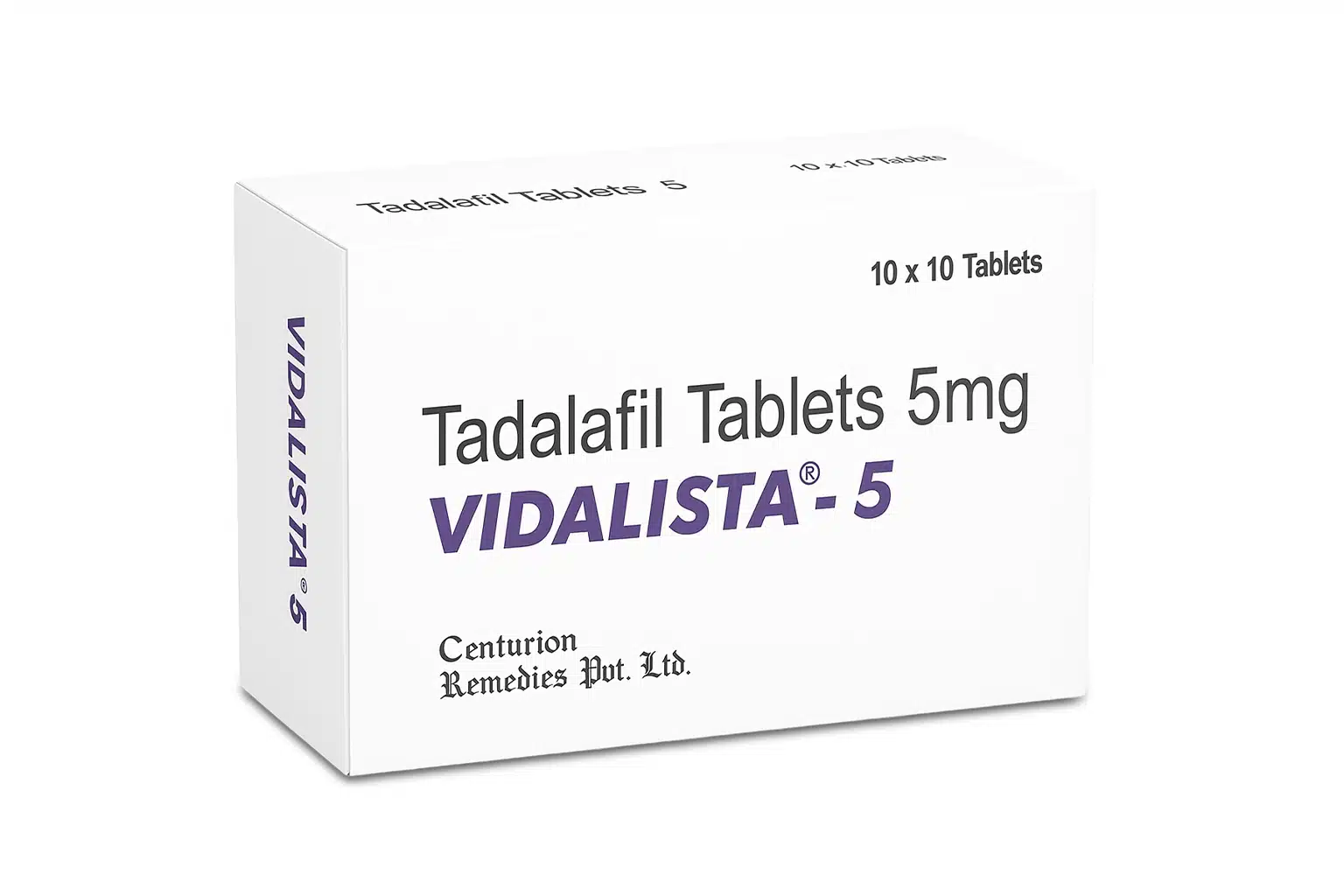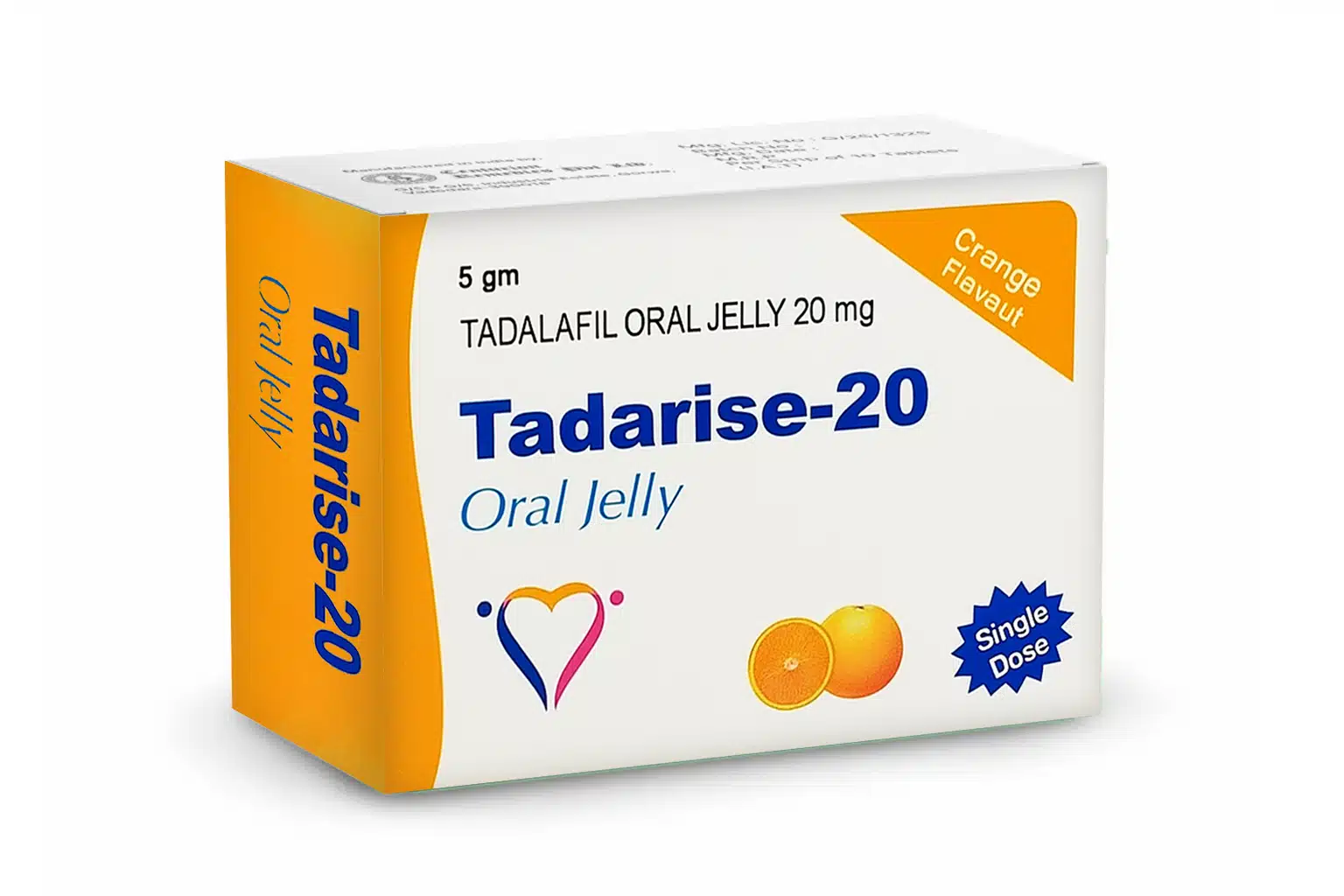When we think about strength training, most of us picture biceps, abs, or leg muscles. But there’s an often-overlooked group of muscles that plays a huge role in bladder control, sexual performance, and even core stability the pelvic floor muscles.
These deep muscles lie like a muscular hammock at the bottom of your pelvis holding up organs like the bladder, bowel, and, in women, the uterus. As a woman or man, strong pelvic muscles give you the strength to stop urinating and stabilize your back, as well as improve sexual pleasure and performance.
What happens when these muscles weaken, and more importantly, how to strengthen them?
This guide will walk you through all of the most critical details of pelvic floor function, from the symptoms of weakness to the exercises that strengthen it, which you can start doing in your home today.
What Are Pelvic Floor Muscles?
The pelvic floor is a network of ligaments and muscles that is located in the lower abdomen. The muscles act like a sling in support, extending from the front pubic bone to the back tailbone.
They are very important to help support your pelvic organs and aid in controlling functions like urination, bowel movements, and sex.
Why Do Pelvic Floor Muscles Weaken?
Several factors can contribute to a weak pelvic floor:
- Aging – Like all muscles, the pelvic floor can lose tone with age.
- Pregnancy and childbirth – In women, this can stretch or damage the area, leading to issues postpartum.
- Weight gain or obesity – Adds pressure to the pelvic muscles.
- Chronic constipation or straining – Weakens muscle fibers over time.
- Surgery – Such as prostate removal in men or C-sections in women.
- Lack of exercise – Especially neglecting core and lower body workouts.
- Hormonal changes – Especially during menopause or postnatal recovery.
When these muscles weaken, it can result in a condition known as Pelvic Floor Dysfunction, which leads to problems like urine leakage, pain during sex, and pressure in the pelvic region.
Signs Your Pelvic Floor May Be Weak
The symptoms of weak pelvic muscles vary slightly between men and women, but many are similar. Here’s what to watch for:
- Frequent urination or urine leakage, especially when sneezing or laughing
- Difficulty holding back gas
- Feeling of heaviness or pressure in the pelvic region
- Pain during sex
- Lower back pain with no clear cause
- Trouble emptying the bladder or bowel completely
If these symptoms sound familiar, your pelvic floor might need a little attention.
The Importance of Pelvic Floor Strengthening
Strengthening your pelvic floor muscles can improve many aspects of life—from daily comfort to sexual wellness.
Benefits include:
- Better bladder and bowel control
- Reduced risk of pelvic organ prolapse in women
- Enhanced core strength and stability
- Improved sexual performance and sensation
- Faster recovery after childbirth or pelvic surgery
- Better support for the spine and hips
Whether you’re looking to recover from childbirth or improve your erection quality, these muscles are worth training.
How to Strengthen Pelvic Floor Muscles: Simple Steps
You don’t need fancy equipment to get started. With the right awareness and a few minutes a day, you can begin improving your pelvic strength at home.
1. Kegel Exercises (for Both Men and Women)
The go to method for pelvic floor strengthening is Kegel exercises.
Here’s how to do them:
- First, identify the right muscles. The easiest way is to stop your urine mid-stream. The muscles you use to do that are your pelvic floor muscles.
- Once you’ve identified them, contract those muscles for 3–5 seconds.
- Relax for 3–5 seconds.
- Repeat this cycle 10 to15 times per session, at least 2–3 times a day.
Tips:
- Don’t hold your breath.
- Avoid squeezing your abs, thighs, or buttocks.
- Stay relaxed and focused.
Over time, your muscles will become stronger, and you’ll notice more control and improved sensation.
2. Bridge Pose
This yoga-inspired move not only works your glutes but also targets your pelvic floor.
How to do it:
- Lie on your back with knees bent and feet flat on the floor.
- Keep arms at your sides.
- Slowly lift your hips off the ground, tightening your glutes and pelvic muscles.
- Hold for a few seconds before lowering.
Repeat 10–15 times.
This is especially effective for women doing postpartum pelvic floor exercises, as it gently builds strength without straining sensitive tissues.
3. Squats
Believe it or not, squats engage the pelvic floor when done correctly.
Instructions:
- Stand with feet shoulder-width apart.
- Lower into a squat, keeping your back straight.
- As you return to standing, squeeze your pelvic floor muscles.
Aim for 2 to 3 sets of 10 to 15 squats, focusing on control, not speed.
4. Deep Breathing With Engagement
Breathing exercises help you become more aware of your core and pelvic region.
Try this:
- Sit or lie down comfortably.
- Inhale deeply, allowing your belly to rise.
- As you exhale, gently contract your pelvic floor muscles.
- Relax fully on your next inhale.
This builds awareness and helps you activate your muscles more intentionally.
Strengthening After Childbirth
Postpartum pelvic floor exercises are beneficial to new mothers. The birth process tends to tense or even rupture the muscles of the pelvic floor, leading to complications like leakage of urine or feeling heavy.
New mothers can begin slowly and emphasize gentle Kegels and breathing. Squats and bridge pose can be added gradually once strength has been regained. If symptoms do not subside after a few months, it is prudent to consult a pelvic floor physical therapist to facilitate recovery safely.
Can Men Benefit Too?
Absolutely. While many associate pelvic health with women, men also benefit greatly from strengthening these muscles. A stronger pelvic floor can lead to better control during sex, stronger erections, and reduced risk of urinary leakage.
In some cases, men who experience erection problems find that combining pelvic workouts with medications like Vidalista 10 mg helps them achieve better results.
Vidalista 10 mg is a medication used to improve blood flow to the penis and support sexual performance. While it’s not a muscle-building pill, combining it with pelvic exercises can create better sexual outcomes over time.
When to Seek Help for Pelvic Floor Dysfunction
Sometimes, even with regular exercises, symptoms don’t go away. That’s when it might be time to consult a specialist.
Pelvic Floor Dysfunction isn’t just about weak muscles. In some cases, the muscles may be too tight or uncoordinated. A pelvic floor therapist can assess your condition and design a personalized recovery plan.
Men who’ve undergone prostate surgery or women with complicated childbirth experiences may especially benefit from medical guidance.
Best Seller
-
Cenforce 100 Mg
Best Seller$24.00 – $215.00Price range: $24.00 through $215.00Rated 5.00 out of 5Shop Now This product has multiple variants. The options may be chosen on the product page -
Vidalista 5 Mg
Best Seller$18.00 – $182.00Price range: $18.00 through $182.00Rated 4.00 out of 5Shop Now This product has multiple variants. The options may be chosen on the product page -
Vidalista 40 Mg
Best Seller$28.00 – $276.00Price range: $28.00 through $276.00Rated 4.00 out of 5Shop Now This product has multiple variants. The options may be chosen on the product page -
Cenforce 200 Mg
best sellers$31.00 – $335.00Price range: $31.00 through $335.00Rated 4.00 out of 5Shop Now This product has multiple variants. The options may be chosen on the product page -
Cenforce Fm
Best Seller$33.00 – $218.00Price range: $33.00 through $218.00Rated 4.00 out of 5Shop Now This product has multiple variants. The options may be chosen on the product page -
Kamagra 100 mg
best sellers$24.00 – $125.00Price range: $24.00 through $125.00Rated 5.00 out of 5Shop Now This product has multiple variants. The options may be chosen on the product page -
Fildena 100 mg
best sellers$24.00 – $244.00Price range: $24.00 through $244.00Rated 4.00 out of 5Shop Now This product has multiple variants. The options may be chosen on the product page -
Malegra Oral Jelly 100 Mg
Best Seller$8.00 – $44.00Price range: $8.00 through $44.00Rated 5.00 out of 5Shop Now This product has multiple variants. The options may be chosen on the product page -
Super Kamagra Oral Jelly
Best Seller$25.00 – $120.00Price range: $25.00 through $120.00Rated 4.00 out of 5Shop Now This product has multiple variants. The options may be chosen on the product page -
Tadarise Oral Jelly
Best Seller$19.00 – $72.00Price range: $19.00 through $72.00Rated 4.00 out of 5Shop Now This product has multiple variants. The options may be chosen on the product page -
Careforce 200 Mg
Best Seller$29.00 – $332.00Price range: $29.00 through $332.00Rated 5.00 out of 5Shop Now This product has multiple variants. The options may be chosen on the product page -
Stallegra 100 Mg
best sellers$88.00 – $224.00Price range: $88.00 through $224.00Rated 5.00 out of 5Shop Now This product has multiple variants. The options may be chosen on the product page -
Exclusive
Aurogra 100 Mg
best sellers$29.00 – $76.00Price range: $29.00 through $76.00Rated 4.00 out of 5Shop Now This product has multiple variants. The options may be chosen on the product page -
Priligy 30mg
best sellers$22.00 – $156.00Price range: $22.00 through $156.00Rated 4.00 out of 5Shop Now This product has multiple variants. The options may be chosen on the product page
How Long Does It Take to See Results?
With daily practice, many people notice improvements in 4 to 6 weeks. It might start as fewer leaks when sneezing or better control during sex. Over time, the benefits grow especially if you stay consistent.
Think of it like going to the gym. You won’t bulk up overnight, but with regular workouts, strength builds naturally.
Small Lifestyle Tweaks That Help
In addition to exercises, consider these helpful changes:
- Avoid constipation, eat fiber-rich foods and stay hydrated.
- Don’t “hover” when peeing (especially women) sit fully relaxed.
- Avoid heavy lifting that strains the pelvic area.
- Maintain a healthy weight to reduce pressure on the pelvic floor.
- Don’t ignore the urge to pee, holding it weakens muscle control.
Final Thoughts
Your pelvic floor muscles are small but mighty. They support your organs, control your bathroom habits, and play a big role in sexual health. Whether you’re recovering from childbirth, managing age-related changes, or just want to feel stronger in your core, these exercises are for you.
Adding a medication like Vidalista 10 mg may help in cases where blood flow is also a concern, especially in men. But remember no pill replaces the power of intentional muscle work.
So start small. Stay consistent. And give your pelvic floor the attention it deserves.
FAQs
1. Am I sure my pelvic floor muscles are weak?
Symptoms of weak pelvic muscles are leakage of urine (particularly on laughing or coughing), frequent urination, pelvic pressure, or loss of control over gas. In women, there is a sensation that something “falls” in the pelvic area. In men, it can affect the quality of erection or bladder control.
2. Can men also gain from pelvic floor exercises?
Men who perform the pelvic floor exercises can improve their bladder control, reduce dribbling after urination, and even have more rigid erections. The exercise works well after prostate surgery or in the management of the primary symptoms of Pelvic Floor Dysfunction.
3. How frequently should I perform pelvic floor exercises to be effective?
Begin at 2–3 times a day, performing 10–15 reps per session of the Kegels. Everyone begins to notice in 4–6 weeks. It’s a consistent thing—train it like any other muscle group within the body.
4. Is it possible to do pelvic floor exercises after childbirth?
Actually, you should. Postpartum exercises for the pelvic floor are critical in enabling women to regain strength, stop urine leakage, and prevent long-term conditions like pelvic organ prolapse. Start slowly, and then increase the force as your body recovers.
5. Do I use drugs such as Vidalista 10 mg with pelvic exercises?
In men, exercising on drugs such as Vidalista 10 mg is capable of improving sexual function by making the muscles stronger as well as the flow of blood. But before taking any drug, it is advisable to consult a doctor.















